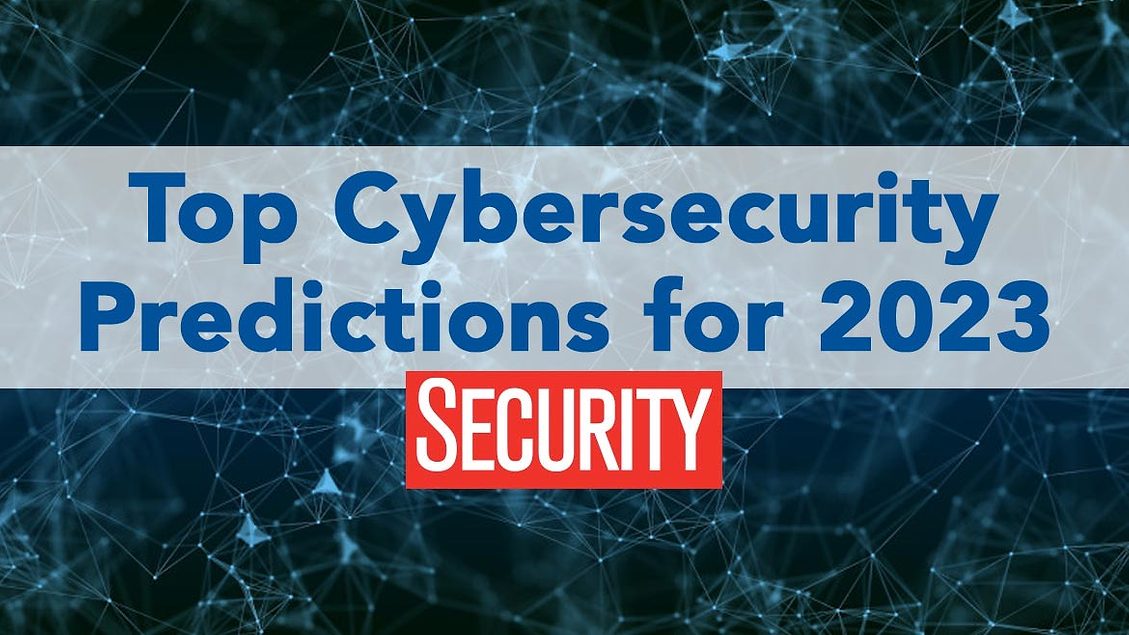Top Cybersecurity Forecasts for 2024: Stay Ahead of Arising Hazards
As we approach 2024, the cybersecurity landscape is positioned for substantial transformation, driven by arising risks that companies must not only expect however additionally purposefully address. The increase of AI-driven cyberattacks, coupled with increasingly advanced ransomware techniques, highlights the urgent requirement for innovative defenses. In addition, the expanding number of IoT tools provides brand-new susceptabilities that might be exploited. With regulatory modifications coming up and an essential focus on cybersecurity training, it is important for organizations to reassess their methods to remain resilient. Just how prepared are you to navigate these developing obstacles?
Surge of AI-Driven Strikes
As organizations increasingly embrace expert system modern technologies, the capacity for AI-driven attacks is becoming a vital concern in cybersecurity. Cybercriminals are leveraging AI to improve the class and effectiveness of their strikes, producing a landscape where conventional safety and security procedures may fail. These attacks can exploit device discovering algorithms to determine susceptabilities in systems and networks, resulting in more targeted and destructive violations.
AI can automate the reconnaissance stage of an assault, enabling foes to gather huge quantities of information promptly (cyber attacks). This ability not only shortens the moment called for to release an attack however also boosts its accuracy, making it harder for protectors to expect and reduce threats. In addition, AI can be utilized to produce persuading phishing schemes, produce deepfake content, or adjust data, further complicating the cybersecurity landscape
Organizations must prioritize the integration of AI-driven cybersecurity services to respond to these arising risks. By using innovative danger discovery systems, companies can enhance their capability to identify and neutralize AI-generated assaults in actual time. Continuous investment in training and recognition programs is additionally important, as it equips employees to identify and respond to possible AI-driven dangers properly.
Enhanced Ransomware Class
The increase of AI-driven strikes is not the only pattern reshaping the cybersecurity landscape; ransomware attacks have additionally progressed, coming to be significantly advanced and targeted. As cybercriminals improve their methods, organizations face heightened threats that need adaptive techniques to alleviate possible damage.
Modern ransomware hazards now take advantage of progressed strategies, such as dual extortion, where aggressors not only encrypt information but likewise threaten to leakage delicate info if their needs are not satisfied. This adds an extra layer of pressure on victims, commonly engaging them to pay ransom money to safeguard their online reputations and consumer trust.
Additionally, using automated devices and artificial intelligence formulas by criminals has streamlined the strike process, enabling them to identify susceptabilities a lot more effectively and tailor their methods versus specific targets. Such growths have actually led to a disconcerting rise of attacks on vital facilities, health care systems, and supply chains, emphasizing the need for robust cybersecurity structures that prioritize real-time hazard detection and response.
To respond to these evolving threats, companies should invest in comprehensive training, advanced protection technologies, and incident action intends that integrate lessons picked up from previous ransomware cases, guaranteeing they continue to be one action in advance of progressively intricate strikes.
Growth of IoT Susceptabilities
With the quick expansion of the Web of Points (IoT), susceptabilities linked with these interconnected tools have actually come to be a critical problem for organizations and individuals alike. The expansion of wise devices, from home devices to industrial sensors, has actually developed a large strike surface for cybercriminals. Several IoT devices are released with minimal safety and security procedures, commonly making use of default passwords or out-of-date firmware, making them vulnerable to exploitation.
As gadgets end up being interconnected, the capacity for massive assaults boosts. For circumstances, jeopardized IoT gadgets can work as entrance points for aggressors to penetrate more secure networks or launch Distributed Denial of Solution see this (DDoS) attacks. cyber resilience. The lack of standardization in IoT security determines more exacerbates these susceptabilities, as differing suppliers carry out varying levels of protection
Furthermore, the enhancing sophistication of malware targeting IoT tools poses considerable risks. Threat actors are continually creating brand-new techniques to make use of these weaknesses, causing prospective information violations and unauthorized access to delicate information. As we move into 2024, organizations must focus on IoT click safety and security, carrying out durable actions to protect their networks and minimize the threats connected with this rapidly growing landscape.
Governing Modifications Influencing Security

In 2024, we anticipate to see much more rigorous compliance demands for organizations, particularly those that make or release IoT devices. The introduction of regulations such as the European Union's Cyber Strength Act and updates to existing structures like the NIST Cybersecurity Structure will emphasize safety by layout. Organizations will certainly be mandated to carry out robust protection actions from the initial stages of item development, guaranteeing a positive stance against possible vulnerabilities.
Additionally, regulatory bodies are most likely to enforce considerable charges for non-compliance, engaging businesses to focus on cybersecurity financial investments. This shift will certainly not only enhance the overall protection published here stance of organizations but will certainly also promote a culture of accountability in shielding user information. As policies tighten up, the obligation will progressively fall on firms to show compliance and guard against the ever-evolving dangers in the digital landscape.
Emphasis on Cybersecurity Training
Organizations' commitment to cybersecurity training is becoming increasingly vital as hazards advance and strike vectors multiply. With cybercriminals continually creating advanced strategies, it is vital for staff members whatsoever degrees to recognize the risks and acknowledge their role in minimizing them. Comprehensive training programs outfit personnel with the expertise and abilities essential to recognize possible hazards, such as phishing attacks, social design techniques, and malware.
In addition, a culture of cybersecurity recognition fosters vigilance among workers, decreasing the likelihood of human error, which stays a considerable vulnerability in numerous organizations. Routinely updated training modules that show the most up to date threats will guarantee that personnel continue to be educated and capable of responding properly.


In 2024, organizations will likely focus on recurring education and learning and simulation exercises, making it possible for workers to exercise their response to real-world circumstances. Partnership with cybersecurity specialists for customized training solutions might additionally become more typical. Ultimately, buying employee training not just strengthens an organization's defense posture but also cultivates a proactive strategy to cybersecurity, strengthening the concept that protection is a common obligation across the business.
Final Thought
In verdict, the cybersecurity landscape in 2024 will be formed by the rise of AI-driven attacks, progressively innovative ransomware techniques, and the expansion of susceptabilities associated with IoT gadgets. A solid focus on thorough cybersecurity training will certainly be crucial in cultivating a business culture resilient to arising hazards.